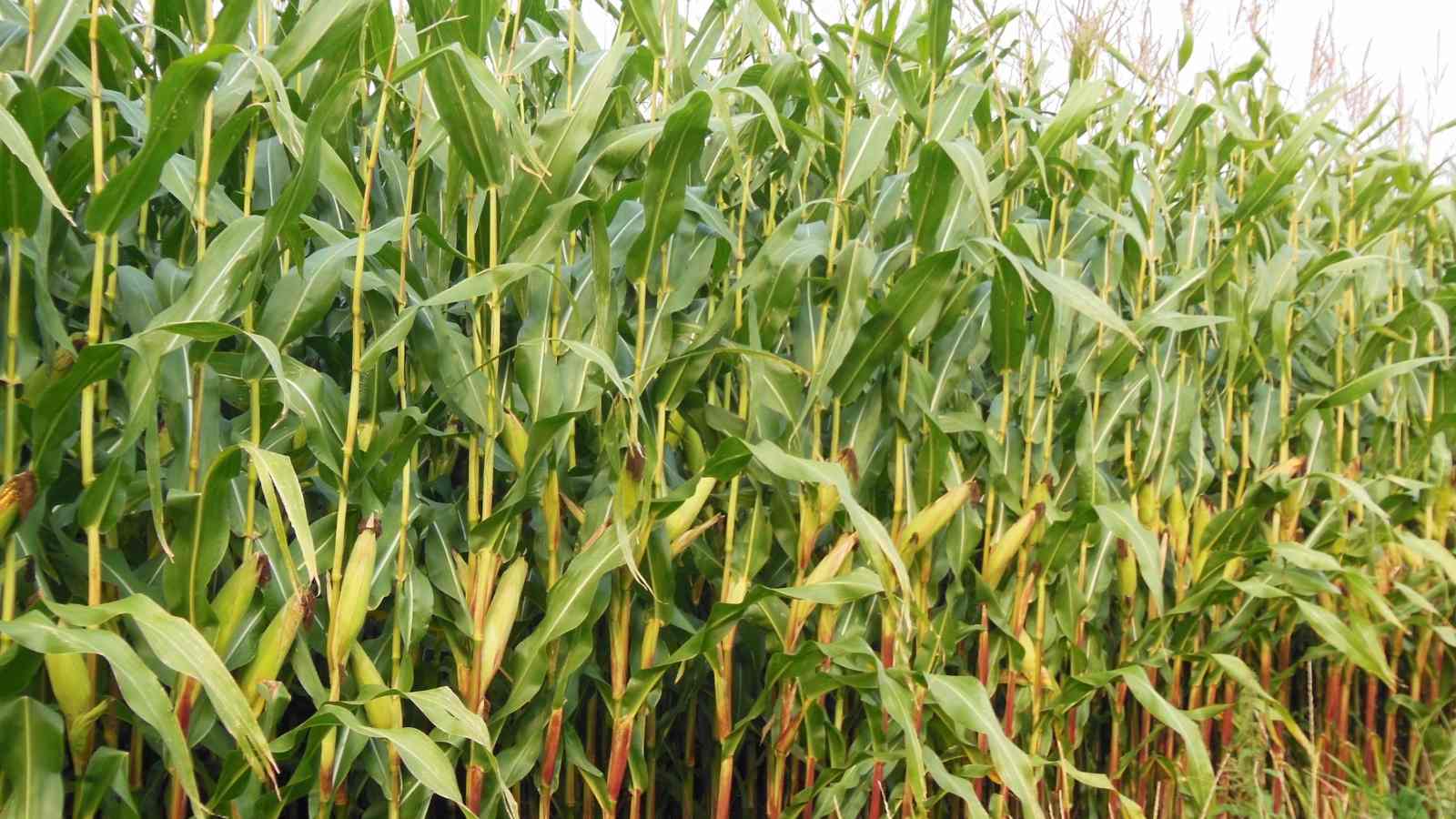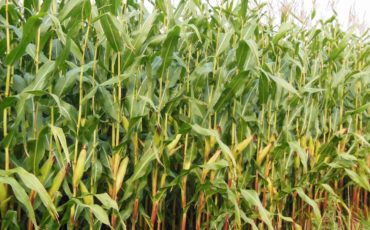With such a diverse population and with a diversified set of regional resources, the types of farming in India has been of many kinds. However, with the regional farming, one should understand that not all farming equally produce a large exchange value. Likewise, rice is a very important crop in India, particularly in the regions of West Bengal and Orissa. Many varieties of rice has over the years been brought to the market to cater to the tastes of the people.
Though rice is very popular yet it is not capable enough to generate huge revenues. On the other hand, if we look into Cotton farming, it is an essential and an extremely popular cash crop. It earns heavy amounts of revenue ( both in domestic and international markets ). Although cotton farming has the high exchange value, it does not have a wide market of need.

So, in a way, the most profitable farming should be one which will not only earn high revenues but will at the same time, be extremely popular in the common masses. Hence, without an iota of doubt, the most important profitable farming at present in India is the maize farming. This farming is in demand almost in all the states and it also earns high levels of profit margin. Moreover, maize can be grown and produced in almost all of the states with a little help of machinery and other external factors. Here in, the various aspects of maize farming has been listed out with great detail.
Maize farming is the most popular and the most profitable farming in India
1) The physical requirements of the maize farming
The maize farming is done primarily on the loamy soils and also on clay soils. The soils apart from being fertile, should contain high amount of organic manure. With the mechanism of soil analysis, the pH level of the soil should also be checked to make way for steady growth of this plant. The pH level should be neutral for the maize farming. One of the most important things regarding the soil factor for growing maize is to check the drainage facility. Likewise, maize farming is not too easy.
The crop is very stubborn and cannot grow in soils which are too saline with very less drainage or in soils which are too water retentive and hence, very soggy. Since, maize is an essential crop, so it is grown all round the year. It can be grown in the Rabi, Kharif and also in the spring seasons. It is always advisable to let the maize seeds be sown right before the monsoon season ( 10 days – 12 days ), in case of the Kharif season. While sowing, the seed size will differ according to the purpose for which it is being grown like – pop corn, baby corn, green cob, fodder, grain and sweet corn.
2) This farming needs to be protected from various pests and weeds
To make the farming process retain its profitability factor, proper action ought to be taken at the right time. When maize is grown in the Deccan region of India during the winter season, very easily Pink borers infest them. These not only degrade the stem growth but also damages the roots. To cut down the menace of this pest, farmers can grow maize and cowpea together – this is a natural method. Even a spray of Endosulfan over the crops can also reduce the spread of this insect pest. Shoot flies are even more dangerous insect pests. They are found both in the North and South of India. They destroy the crops from the seedling stage and leaves no scope for development. Imidacloprid should be used to reduce the harmful attack of this pest on the plants.
Usually during the Kharif season, it is very common to witness the maize fields being outgrown with weeds. With the expansion of the weeds, the yield of the farming reduces by at least 40 %. Atrazine and Pendamethalin can be sprayed on the field to reduce the further growth of weeds in the field. Farmers with the help of hoeing can uproot the remaining ( if any ) weeds from the field. To avoid weeds from the very beginning, the farmers can make use of crop rotation. By the means of crop rotation, the nutritional level of the soil will also steadily increase.
Conclusion
Maize though an important crop, it is not easy to grow. The tilling processes of this farming extends from zero till planting to furrow planting and also from Raised bed or ridge planting to transplanting. Over the years, the intensive growth of this maize crop has indeed made it the most profitable farming for the farmers in India.

